Meet Your Teachers
Concept Art
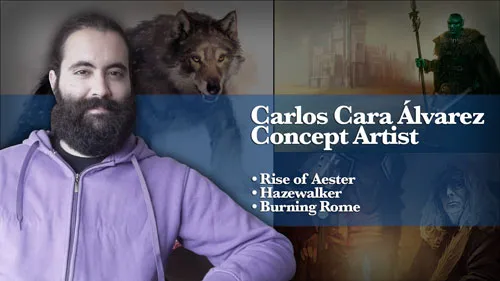
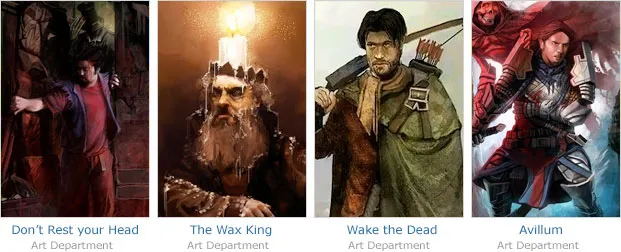
Carlos Cara | Senior Concept Artist
Teaching Courses: Concept Art
Delivery: Live Online
Studio(s): Freelance
Credits: Burning Rome, Hazewalker, Rise of Aester

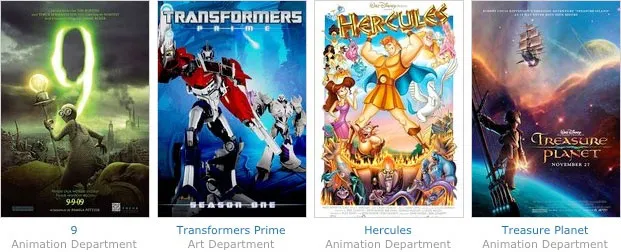
Christophe Vacher | Art Director
Teaching Courses: Concept Art
Delivery: VANAS+
Studio(s): Disney, DreamWorks
Credits: Transformers Prime, Despicable Me, Enchanted

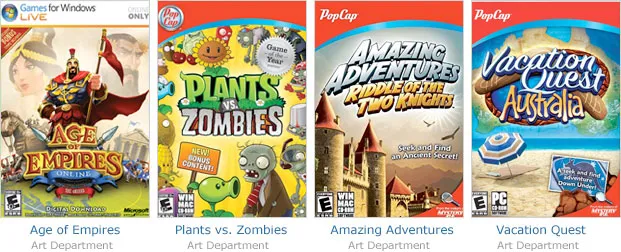
David Sloan | Senior Concept Artist
Teaching Courses: Concept Art
Delivery: VANAS+
Studio(s): Synthesis, CykoSoft, ByteDance
Credits: Aryus, Earth Revival, Marvel: Realm of Champions
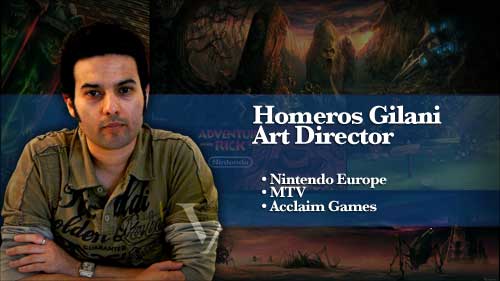
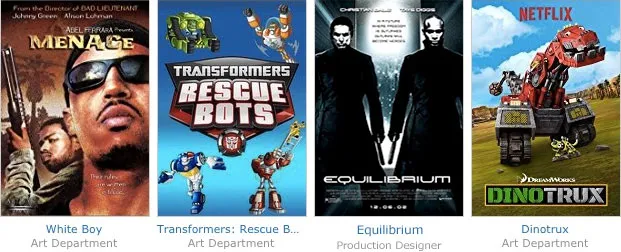
Homeros Gilani | Art Director
Teaching Courses: Concept Art
Delivery: VANAS+
Studio(s): Mainframe
Credits: Team Zenko, Kong, Enchantimals
Book an Information Session
Check your admissions eligibility
